When you’re in the market for shipping containers, understanding the latest shipping container price is essential to making the right choice. Whether you’re shipping cargo or repurposing a container, the price is influenced by factors like size, condition, regional supply demand, and customization options. Knowing the current market prices is crucial for those in logistics and supply chain management for accurate budgeting and cost planning.
The container cost can impact your overall shipping expenses, affecting your profit margins in the import-export industry. Staying up-to-date on price trends ensures you make cost-effective decisions, especially when shipping from India to the USA, where pricing fluctuations can significantly impact your operations.
Factors Influencing the Price of Used Containers
When purchasing used shipping containers, several factors directly influence the final price. Let’s break down the most significant factors.
1. Variations in Container Dimensions
Shipping containers come in different sizes, with standard (usually 20-foot and 40-foot) and high cube being the most common. The key difference is that high cube containers provide an extra foot of height, making them more desirable for specific industries that need extra storage or space. Here’s how the variations affect pricing:
- Standard Containers: These are often cheaper because they are more widely available. Their size and dimensions meet the general shipping needs of most businesses, especially for those shipping lightweight or less bulky goods.
- High Cube Containers: These tend to be priced higher because their added height allows for more cargo volume. This is especially useful for businesses that need more vertical space for taller or bulkier goods or even for repurposing containers for storage or living spaces.
Thus, the larger the container and the more unique its dimensions, the higher the price due to the demand for greater versatility and capacity.
2. Container Condition and Age
The condition and age of a container are some of the most critical factors affecting its price. Containers typically have a lifespan of around 10-15 years, depending on how they’ve been used and maintained. The factors to consider include:
- Newer Containers: Containers that have seen less wear and tear or have been used for fewer shipments typically command higher prices. This is because they are less likely to have structural issues like rust, dents, or leaks.
- Grade: Containers are often categorized by grade, such as “cargo-worthy,” which means they are in good enough condition to be used for international shipping. Containers in better condition fetch higher prices than those with visible damage or rust, often only suitable for storage.
- Refurbished Containers: Some containers are refurbished to extend their lifespan. These might have been repainted or had minor repairs, allowing them to be resold at a higher price than those in “as-is” condition.
Generally, the better the condition and the newer the container, the more expensive it will be.
3. Supply and Demand Dynamics in Specific Regions
The used container cost can also vary significantly depending on regional supply and demand. The availability of containers and the demand for them in a specific area directly influence pricing:
- High-Demand Regions: Prices tend to be higher in locations where there’s a high demand for shipping containers, such as major ports or regions experiencing construction booms. For example, demand often spikes in areas where shipping activity is growing or where containers are repurposed for housing or storage. If demand exceeds supply, prices increase accordingly.
- Low-Supply Regions: Remote or inland regions may see a limited supply of containers, driving prices up. Shipping containers may need to be transported over long distances, which increases the overall cost. In contrast, regions with abundant container supply, especially near major shipping hubs, typically offer more competitive pricing.
- Market Fluctuations: Global trade patterns, such as the impact of COVID-19 on supply chains, have also influenced container pricing. For example, when shipping volumes increase, the need for containers rises, pushing prices higher. Conversely, when shipping slows down, the market can see excess containers, leading to lower prices.
By considering these factors, buyers can make sound decisions that align with their business requirements and budget. Contact experts for a free consultation and get a quote for shipping containers.
Also Read: Common Types and Sizes of Shipping Containers
Pricing Details for Different Types of Containers
Here’s a breakdown of container pricing based on type, condition, and modifications.
Cost Comparison Between Different Types of Cargo Containers
| Container Type | Price Range (USD) | Notes |
| Standard Dry Container | $1,300 – $4,500 | Commonly used for general cargo transport. |
| High Cube Container | $1,750 – $5,000 | Offers extra height, ideal for larger cargo. |
| Refrigerated Container | $3,900 – $12,000 | Equipped with temperature control, more expensive due to technology required. |
| Open Top Container | $3,000 – $5,500 | Designed for oversized cargo that doesn’t fit through doors. |
| Flat Rack Container | $2,600 – $5,200 | Open sides for large or heavy cargo. |
Refrigerated containers, also known as reefers, are significantly more expensive due to their ability to maintain temperature-controlled environments
Typical Price Range for Used Containers in the Current Market
| Container Condition | Price Range (USD) | Notes |
| Used Cargo Worthy (CW) | $1,300 – $4,500 | Suitable for international transport, may have rust and dents. |
| Used Wind and Watertight (WWT) | $1,300 – $4,300 | No longer suitable for cargo but perfect for storage. |
| IICL Standard (Better Condition) | $1,750 – $7,200 | Inspected and certified for strict safety standards. |
The condition of the container plays a critical role in determining its price, with IICL-certified containers being the most expensive due to their higher inspection standards.
Variations in Prices Based on Container Modifications and Customizations
| Modification/Customization | Additional Cost (USD) |
| Refrigeration Equipment (for reefers) | $500 – $3,000 |
| Electrical Outlets/Insulation | $1,000 – $3,000 |
| HVAC Systems | $2,000 – $5,000 |
| Windows/Doors | $500 – $2,000 |
Customizations such as adding electrical systems or insulation significantly increase the base cost of containers. Refrigerated units, in particular, come with the added expense of maintaining cooling systems.
Disclaimer:
Prices for shipping containers can fluctuate based on factors like market demand, location, and container condition. The ranges provided here are estimates, and actual costs may vary. For accurate pricing and availability, it is recommended that you consult industry experts who can provide customized quotes based on your business requirements and region.
Additional Costs in Acquiring Used Containers
When acquiring used shipping containers, there are several additional costs beyond the shipping container price. These can significantly impact the total cost, so planning for them in advance is important. Here are the key additional costs:
- Transportation and Delivery Charges
The charge for transporting a shipping container can vary depending on the distance between the supplier’s depot and the destination and the type of truck required (e.g., tilt bed or flatbed). Depending on the distance and location, delivery fees for used containers typically range between $500 and $3,000.
In some cases, crane services may be needed to offload the container, which adds to the overall expense.
- Customs Duties and Taxes for Imported Containers
If you import containers from another country, customs duties and taxes will apply. The rates can vary based on the country of origin and destination, the condition of the container (new or used), and local import regulations. Customs duties for used containers generally range from 5% to 20% of the container’s value, depending on the country. Additionally, you may be required to pay goods and services tax (GST) or value-added tax (VAT) on top of the customs duties.
- Insurance and Registration Fees
Insurance for shipping containers covers the risk of damage during transport or use, and registration is often required for containers used in international trade. Insurance fees depend on the container’s value and whether it’s being used for shipping or storage. Registration costs may also apply if the container is used for specific purposes (e.g., international shipping). While insurance costs can vary, it’s common to see annual fees ranging from $100 to $500 depending on the coverage.
These additional costs should be considered in the overall budget when acquiring used containers to avoid unexpected financial burdens. It’s best to consult with logistics providers and customs brokers for more precise estimates.
Also Read: What Is Demurrage? Practical Tips To Avoid Demurrage Fees In Cross-Border Shipping
Alternatives to Purchasing Used Containers
When deciding on the best way to acquire shipping containers, several alternatives exist to purchase used containers outright. These options may provide cost savings, flexibility, or specific benefits depending on your needs.
1. Pros and Cons of Leasing vs. Buying
When deciding between leasing or buying a container, both options have their advantages and drawbacks:
| Option | Pros | Cons |
| Leasing | – Lower upfront cost | – No ownership at the end of the lease |
| – Flexibility for short-term needs | – Ongoing monthly payments | |
| – No maintenance or repair responsibility | – Limited customization options | |
| Buying | – Full ownership with no recurring payments | – Higher upfront investment |
| – Can be customized as needed | – Maintenance and repair costs fall on the owner | |
| – Can be resold later | – Storage costs if not in use |
Leasing is ideal if your shipping needs are temporary or if you’re not ready for a large upfront investment. On the other hand, buying is a long-term solution that gives you full control, including the ability to customize and resell the container later.
2. Alternative Uses and Repurposing Options for Used Containers
Used shipping containers aren’t just limited to logistics. They can be repurposed for various innovative uses, including:
- Storage units: Ideal for businesses needing temporary or mobile storage.
- Pop-up shops: Used containers can be transformed into mobile retail units.
- Workspaces: With modifications, containers can serve as cost-effective office spaces or workshops.
- Living spaces: Many people repurpose containers into eco-friendly homes or guest houses.
Repurposing containers provides a sustainable way to reuse materials while creatively solving space and infrastructure needs.
3. The Decision to Rent for Short-Term Needs
Renting a container is often a practical option for businesses or individuals with temporary storage or transportation needs. Here’s why:
Advantages of Renting:
- Cost-efficient for short-term use: Renting containers for a short duration is far more affordable than purchasing, especially if they are only needed for a few months.
- No long-term commitment: For projects that don’t require permanent container ownership, renting offers flexibility without the commitment of buying or leasing long-term.
- No maintenance costs: Rental agreements typically include maintenance, reducing the worry about repairs or upkeep.
Disadvantages of Renting:
- Limited customization: Rental containers usually come in standard configurations, so modifications for specialized uses may not be available.
- Higher cost for long-term use: Renting can become more expensive than owning or leasing over time for longer-term needs.
Conclusion
Several factors, including container dimensions, condition, age, and the supply-demand dynamics in your region, shape the price of used cargo and shipping containers. Whether you’re opting for standard or high cube containers or looking for specialized options like reefers, knowing these variables will help you make informed decisions. It’s crucial to perform due diligence before purchasing—consider the container’s condition, factor in additional costs like transportation and customs duties, and assess whether buying or leasing makes the most sense for your needs.
Consulting multiple sources, from sellers to leasing companies, will ensure you get the best deal possible on shipping container price. By thoroughly researching your options, you can secure a cost-effective solution that aligns with your shipping or storage requirements.
For seamless and transparent door-to-door shipping from India to the USA, along with various offerings like cargo consolidation, palletization, stuffing, LTL pickups for consolidation, etc., consider Intoglo’s expert services. They offer real-time tracking and customized logistics solutions.


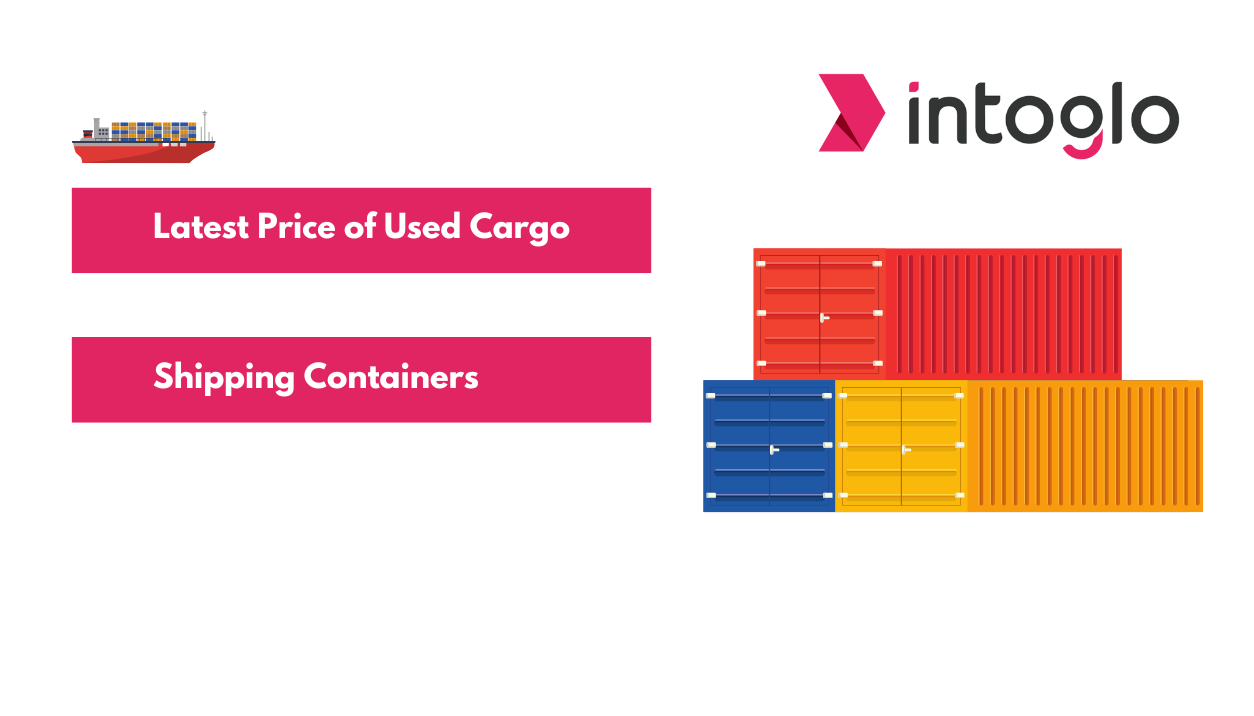
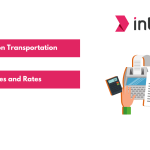
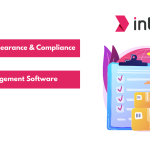
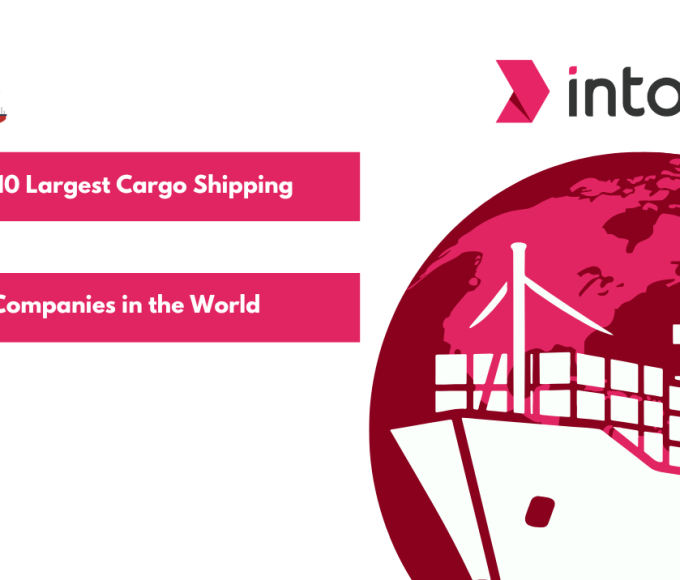
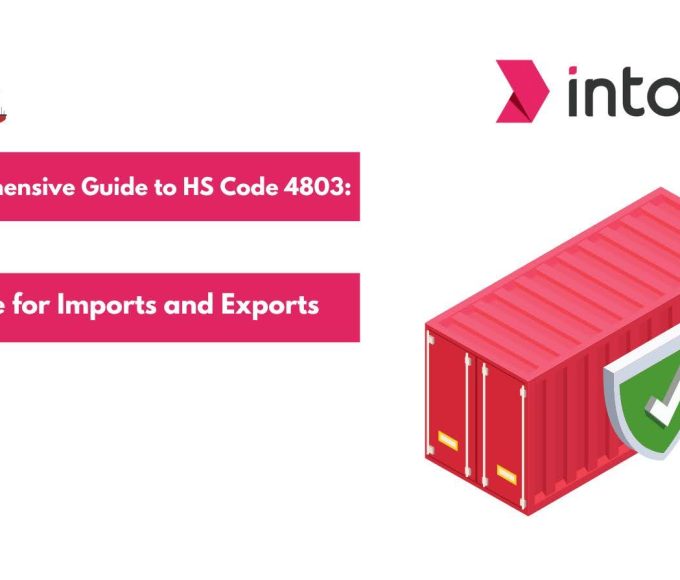
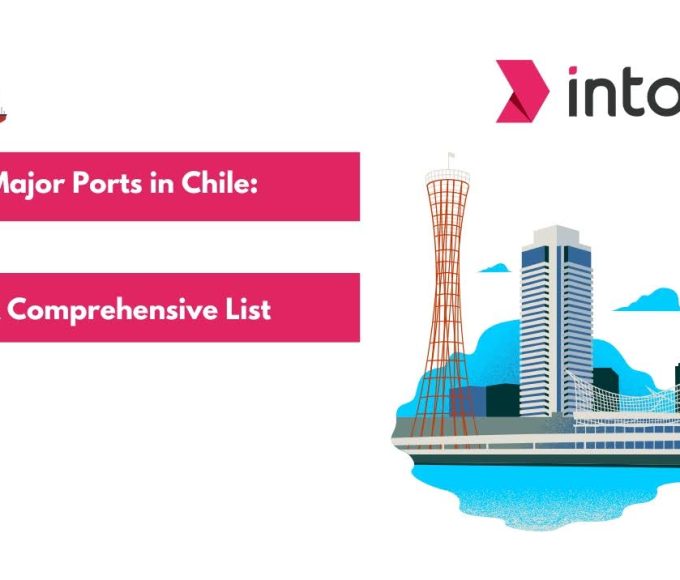
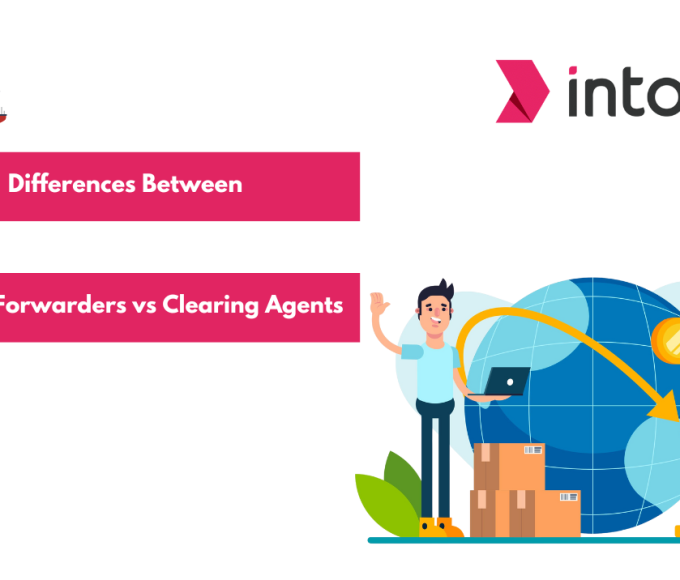
Leave a comment